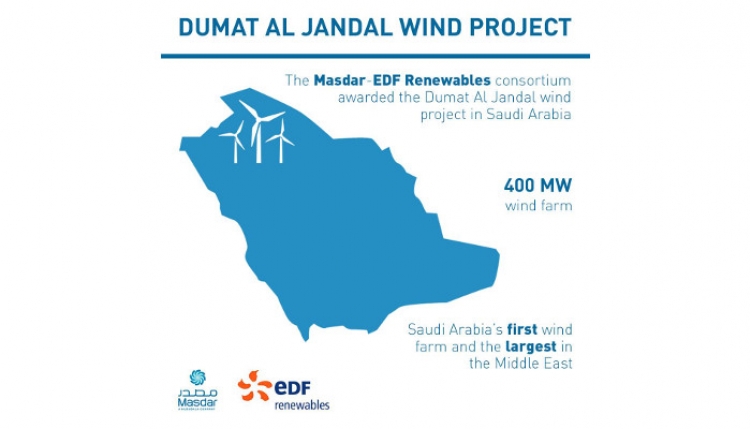Abu Dhabi - MENA Herald: Scientists at the Masdar Institute of Science and Technology and the Massachusetts Institute of Technology (MIT) have revealed a new tool that may give a critical boost to the development of sustainable infrastructure in Abu Dhabi – an important topic that will be highlighted by a group of industry experts, developers, investors and government officials who are gathered in the capital this week for the 10th edition of Cityscape Abu Dhabi.
To help ensure that Abu Dhabi city is optimized for sustainability, an innovative, 3-dimensional urban microclimate model of Abu Dhabi’s downtown area is being developed by a team of researchers from Masdar Institute and MIT. The model will serve as a valuable tool to inform city planners on how to optimize street layouts, building heights, park formation, neighborhood orientation and even construction materials to reduce the city’s temperature.
“The Masdar Institute-MIT microclimate model, coupled with recent technological advancements in smart building design, will guide the development of an optimized built environment in Abu Dhabi, which could significantly increase the health and productivity of the people both inside and outside the buildings,” said Dr. Steve Griffiths, Vice President for Research at Masdar Institute.
He believes that with the effective use of this tool, Abu Dhabi’s ambient environment will become more thermally comfortable, resulting in higher levels of productivity and health for Abu Dhabi’s city-dwellers.
The research team’s 3D computational model demonstrates the complex process of urban thermal flow – or the flow of heat between buildings – in Abu Dhabi’s downtown area. It does this by integrating data on the city’s climate, buildings and geographical structure.
Important climatic variables, including air temperature, wind speed, solar radiation, building façade temperatures and ground temperature – data collected from local weather stations and a variety of remote sensing networks – were integrated with data on the geographical structure of the city – which was acquired from Abu Dhabi Municipality and Abu Dhabi Spatial Data Infrastructure.
Through separate geographical models of downtown Abu Dhabi, the researchers estimated the buildings’ cooling demand as well as the heat rejected by their air-conditioning equipment into the urban environment.
The integrated climatic data, building data and, to some extent, motorized traffic data, provides a more complete picture of thermal flows within the city.
Currently, the MI-MIT team is working to validate the model by installing dozens of weather stations throughout the downtown area. The weather sensors, which are being developed in-house at Masdar Institute, will provide accurate measurements throughout the downtown Abu Dhabi and will be used to calibrate the model.
“The sensors will not just be used as a one-time check for the model’s validity; the measurements of urban weather and building performance will be used to continuously improve the models through an automatic process, making the models adaptable to ongoing urban development,” said Dr. Leslie Norford, Professor of Building Technology in MIT’s Department of Architecture and MIT’s principal investigator on this project.
“This model will be a tool for city managers and planners to conduct simulation-aided design of Abu Dhabi’s downtown, showing them how the construction of an additional building, park, street or other infrastructure will impact the urban heat flow,” said Dr. Prashanth Marpu, Assistant Professor of Chemical and Environmental Engineering and Masdar Institute’s principal investigator on the project.
Cities are generally warmer than their surroundings, the resulting “urban heat island” phenomenon can raise the average annual urban temperature by 2° to 3° Celsius above that of nearby rural areas, and 8° to 10° Celsius higher during peak temperature hours.
In fact, researchers have found that Abu Dhabi’s urban heat island effect is responsible for up to 15% of the emirate’s yearly cooling load. Therefore, reducing the city’s extra heat could lead to a significant reduction in the emirate’s energy costs and carbon footprint.





